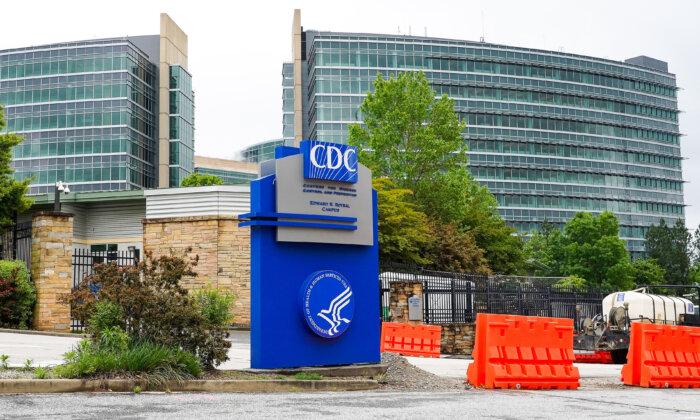The Centers for Disease Control and Prevention (CDC) published rules on May 8 that will significantly alter how dogs are brought into the United States.
The rules are being changed in an attempt to control the spread of the rabies virus, which is 99 percent fatal, according to the CDC. Dog rabies isn’t controlled in more than 100 countries, which creates “a risk” to the United States and thus requires limiting which dogs can enter.
The latest regulations “apply to all dogs, including puppies, service animals, and dogs that left the United States and are returning,” the CDC stated, and they “also apply whether you are a U.S. citizen, legal U.S. resident, or foreign national.”
Dogs arriving from a country that the CDC deems a high risk for rabies or dogs who got a rabies vaccine in another country have to meet more criteria, according to the agency.
Some dogs coming to the United States might have to get a blood test to ensure that it has immunity to the virus, pass a physical examination upon arrival, and get a vaccine inside the United States. Under some circumstances, the dog could be quarantined for 28 days, according to the agency.
“If your dog’s rabies vaccination expires before you get your dog a booster vaccine, your dog must have another titer drawn at least 30 days after booster vaccination to be eligible for importation. CDC recommends you always keep your dog’s rabies vaccination current,” according to the CDC website.
“People should plan in advance for future travel to ensure requirements for dog importations will be met at the time their dogs will enter the United States,” the CDC stated.
Several dog rescue organizations, including the Society for the Prevention of Cruelty to Animals, praised the new rules in statements posted online. However, another animal welfare group—the Humane Society—said that the rules would create significant problems.
“The CDC’s job is to maintain public health, but these new requirements may needlessly delay Americans—including government personnel and military families—from returning to the United States with their pets, creating great anguish and breaking up families in the process,” Tracie Letterman, vice president of federal affairs at the Humane Society Legislative Fund, said in a statement.
Ms. Letterman said the group “strongly advocated for sensible disease-prevention requirements because we should not have to choose between maintaining public safety and saving animals’ lives.”
“With the confusion this new rule will cause, many rescues may have to make the heartbreaking decision to simply not bring dogs into the U.S.,” she said.
Rabies Symptoms
CDC officials say that rabies, which a dog can contract from wild animals such as raccoons or bats, is “almost always fatal.”Initial symptoms of rabies can include vomiting, lethargy, fever, and weight loss. But after several days, the animal can show signs of cerebral dysfunction, cranial nerve dysfunction, breathing issues, excessive salivation, aggression, abnormal behavior, paralysis, seizures, and weakness.







